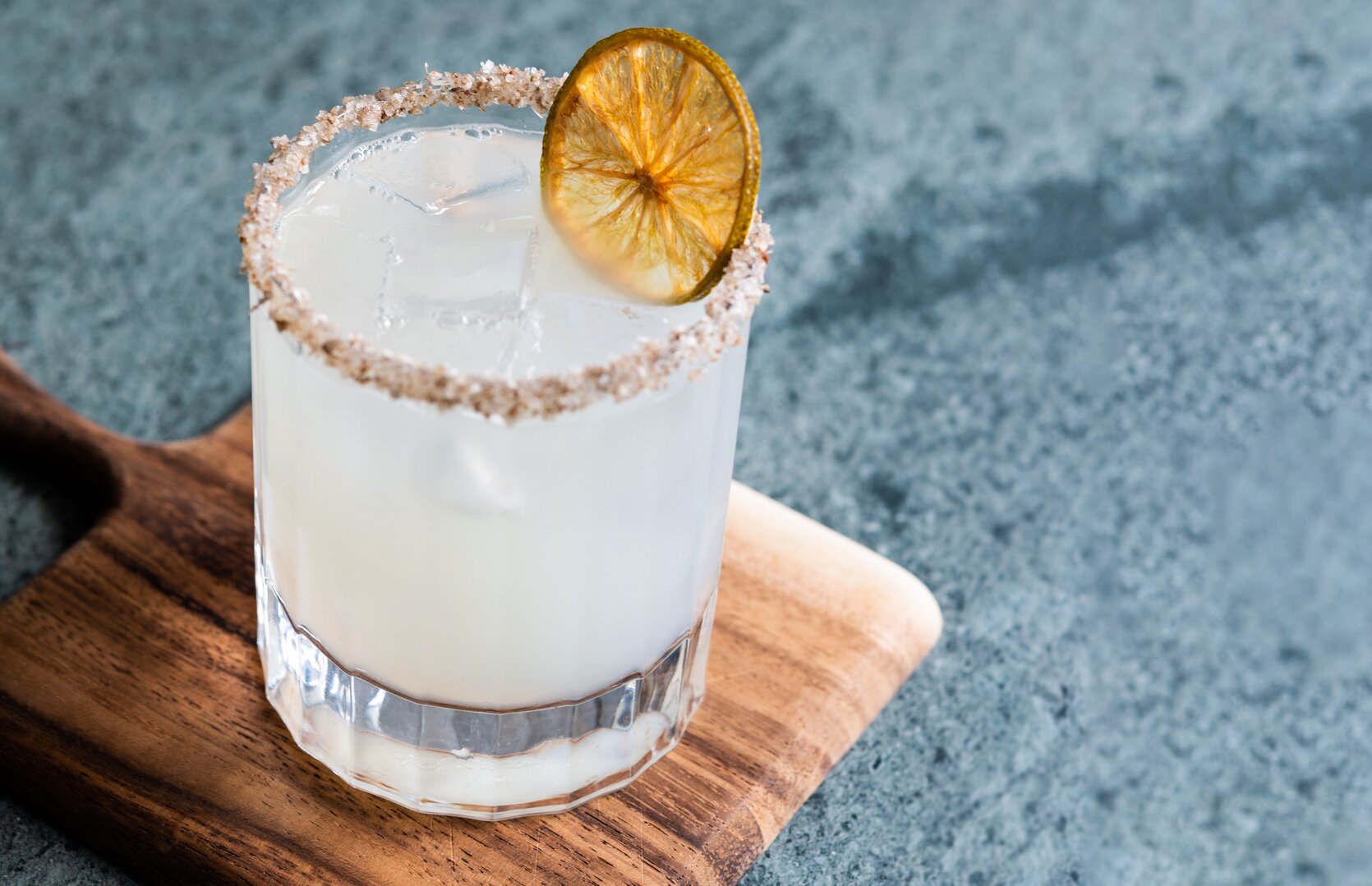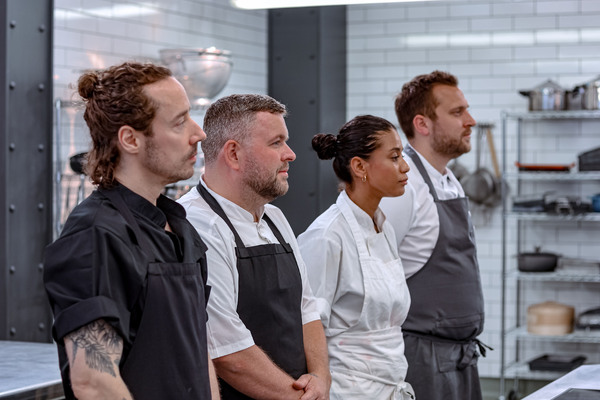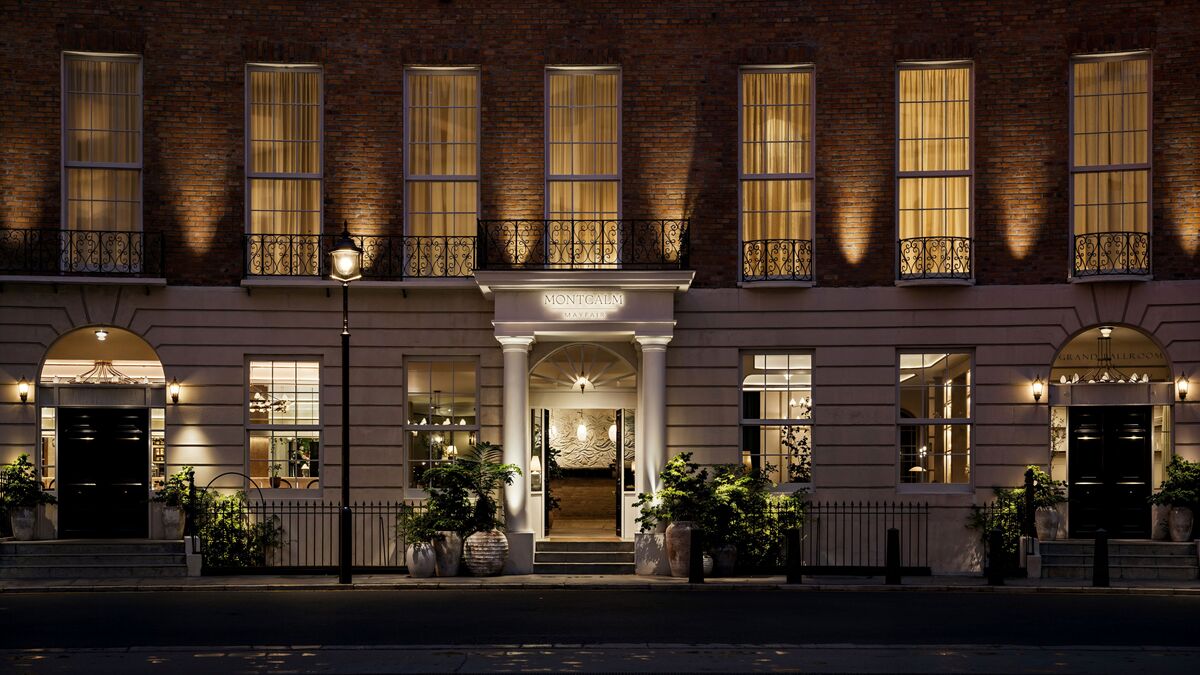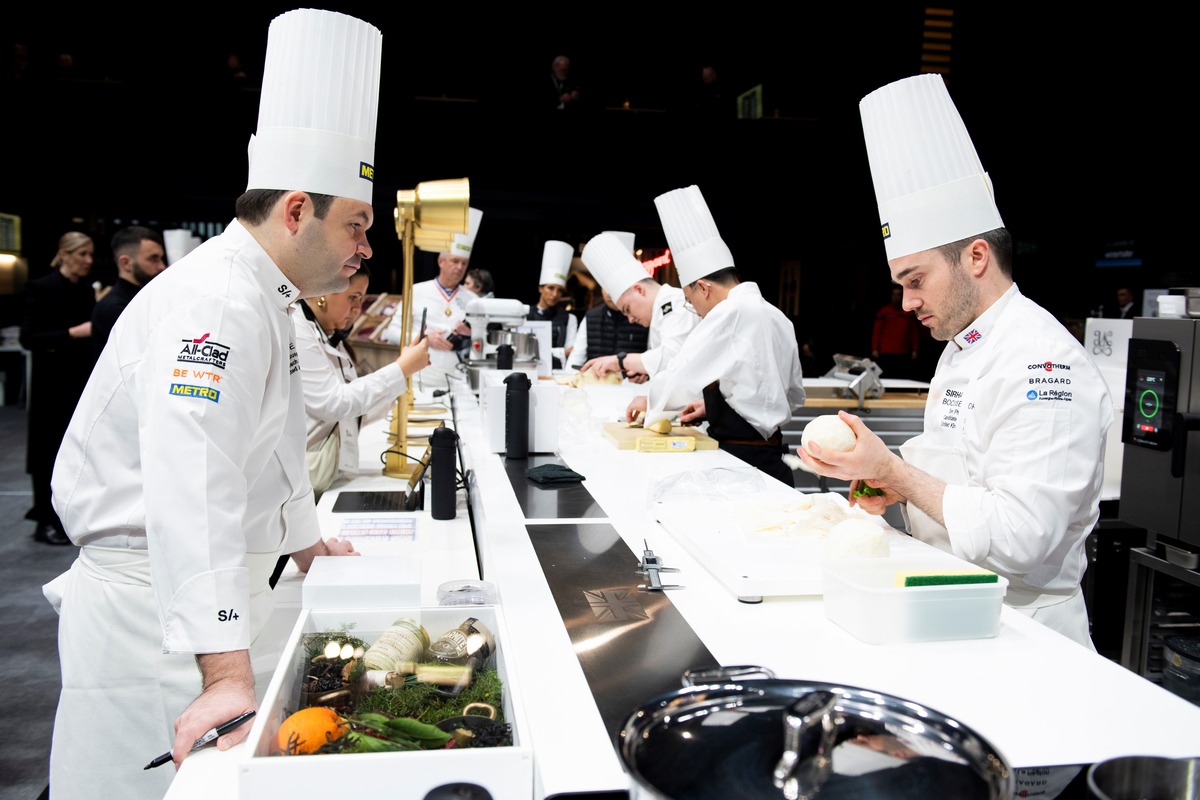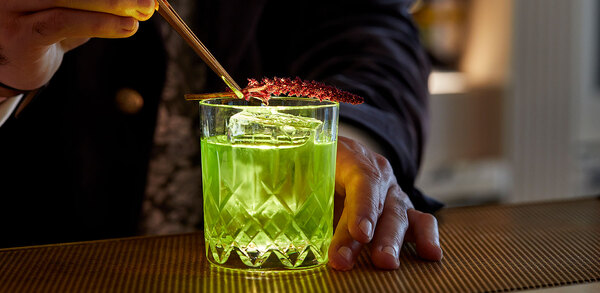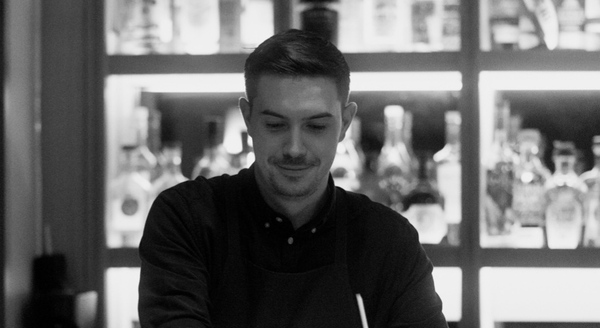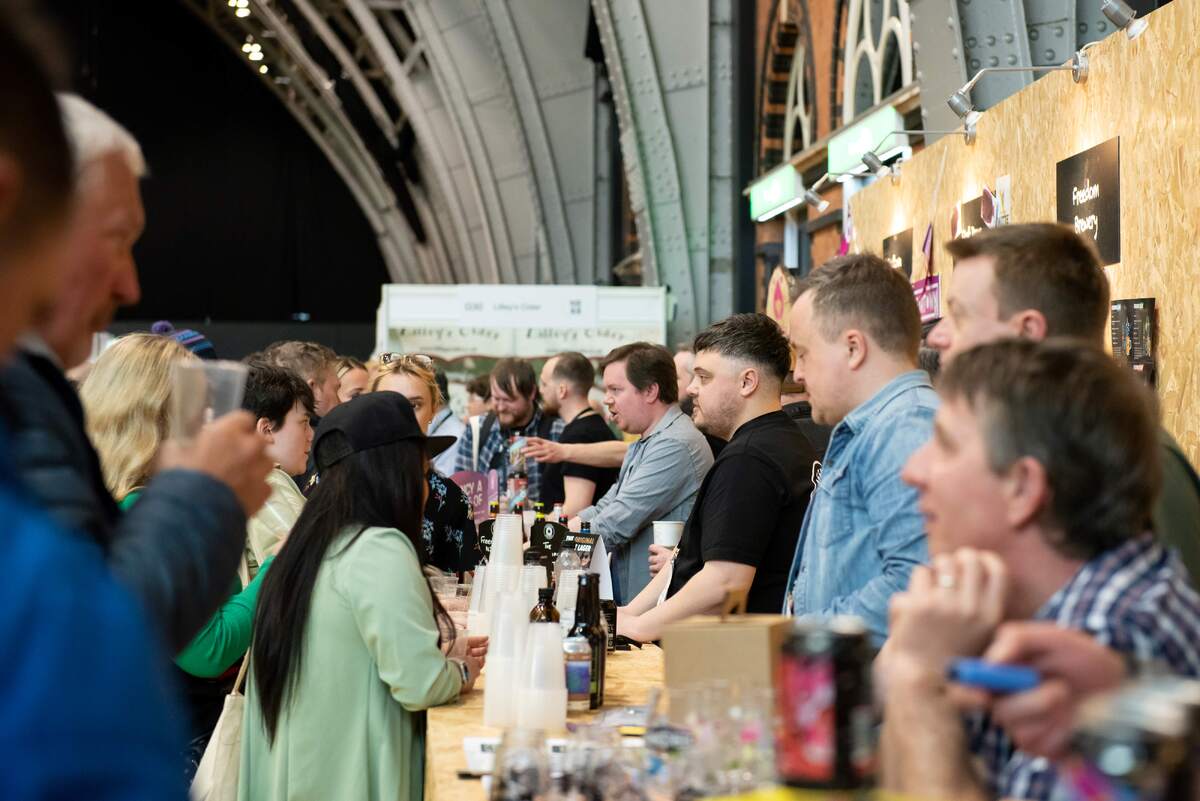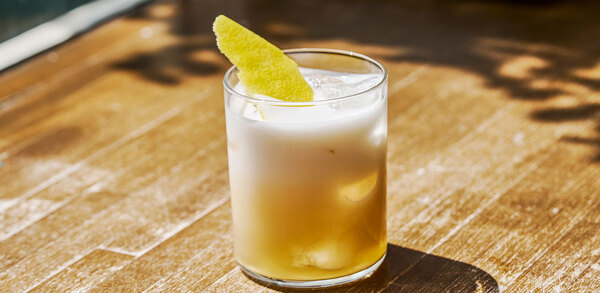How do I create a ‘zero-waste’ drinks menu?
Seasonal, local ingredients are the key to a stellar, environmentally-friendly drinks list, says Hannah Lawson, bar manager at Heft in Cumbria
The Lake District countryside which surrounds us contains an abundant and delicious array of flora all year round, and we love nothing more than featuring these flavours throughout our cocktail list, mirroring the seasonality of the menus we serve in the restaurant and the landscape in which we sit.
Using these ingredients to craft seasonal cocktails is a no-brainer. Not only are they delicious, but foraging when done properly is a sustainable practice, which cuts out the need for the packaging, sorting, transportation and storage of produce that has been sourced from halfway around the world – an expensive and environmentally-damaging process.
Our kitchen and bar teams work closely together to ensure every morsel, by-product, wonky fruit, or item of surplus is used and made into something delicious for either our food or our drinks menu. Seemingly hopeless oxidised wines and canned/bottled beers approaching their ‘best before dates’ are sent to the stove, where they’re repurposed and transformed into reductions, vinegars, syrups or marinades, which are then used across our menus.
The key to sustainable, zero-waste drinks is using every part, ie removing the zest of citrus fruits before juicing, using the peel as cocktail garnish, macerating them to make punchy syrups, or infusing them with a spirit for an elevated and delicious tipple. And once an ingredient has given its full potential, the leftovers make their way into our compost, fuelling the growth of our home-grown produce for the next year.
Dehydrating, infusing, pickling, freezing and fermenting are just some of the methods we use to extend the versatility and shelf-life of our bounties, and these preservation techniques allow us pick plenty to use seasonal ingredients year-round – although we never pick more than we need and take care not to strip plants bare, leaving enough behind to feed the native wildlife.
In spring and summer, we harvested from the herb plot, orchard, our own back gardens or the nearby fells, and we prepped garnishes and created infusions such as elderflower cordial, gorse rum, gooseberry vodka, lilac syrup, pineapple weed gin, and sea buckthorn sauce, that featured front and centre of our cocktail menu right through to the end of autumn. This ‘farm to glass’ approach is one of the most effective ways of staying sustainable; there is no packaging involved, we are able to precisely collect the required amount, the locality reduces our carbon footprint, and the ingredients are at their absolute freshest, making for more vibrant flavours.
Using the Nordaq filtration system allows us to filter (and carbonate) the fresh local water that our region is so famous for, before bottling and capping it into reusable glass carafes, as an alternative to costly and wasteful pre-packaged water. And in an effort to reduce our water consumption, we collect our clean water waste, such as the melted ice in the bottom of our cool buckets, and use it to water our plants.
Our wine list comprises a curated selection of organic and biodynamic wines that are not only good for the planet, but incredible to drink. Appreciation should be reserved for draught ale, with no single-use packaging and substantial shelf-life if stored in the right conditions, the classic ‘cold-one’ is one of the most sustainable drinks you can order from a bar.
In the age of environmental awareness, people are eager to know exactly what they are consuming, and we are proud to say that we can often follow our produce right to its origin, often down to the specific bush itself.
COCKTAIL RECIPE: Lilac + Lime Margarita Cocktail Recipe
Lilac Syrup Recipe
- Water
- Granulated sugar
- Freshly picked lilac blossoms
For the lilac syrup, make a simple syrup with 65% water to 35% granulated sugar. Add into a large pan and bring to the boil. Once simmering, turn off the heat and begin to add the lilac blossoms one handful at a time, stirring as you go, until the syrup can’t take any more. Cover the pan with clingfilm, and allow to infuse for 48 hours. Strain the lilac syrup through a cheese-cloth, and store in vacuum bags or glass bottles.
Lilac Salt Recipe
Add rock salt and lilac blossoms to a blender, and blend until mixed. Spread the lilac and salt mixture onto a cloth-lined baking sheet and allow to dry out at room temperature.
Lilac + Lime Margarita Recipe
- 60ml Silver Patron Tequila
- 40ml Lilac Syrup
- 30ml Freshly Squeezed Lime Juice
- 15ml Triple Sec
(To make this recipe a mocktail, swap out the tequila and triple sec for 0% alternatives)
Dust the rim an old-fashioned glass with some of the lilac syrup and then the lilac salt.
Add ice, tequila, lilac syrup, lime juice and triple sec to a shaker.
Shake until cold.
Double strain into the glass, half-filled with fresh ice cubes.
Garnish with a few fresh lilac blossoms, if in season. Alternatively, garnish with a dehydrated lime wheel. Serve.
Image: Jenny Jones Photography



